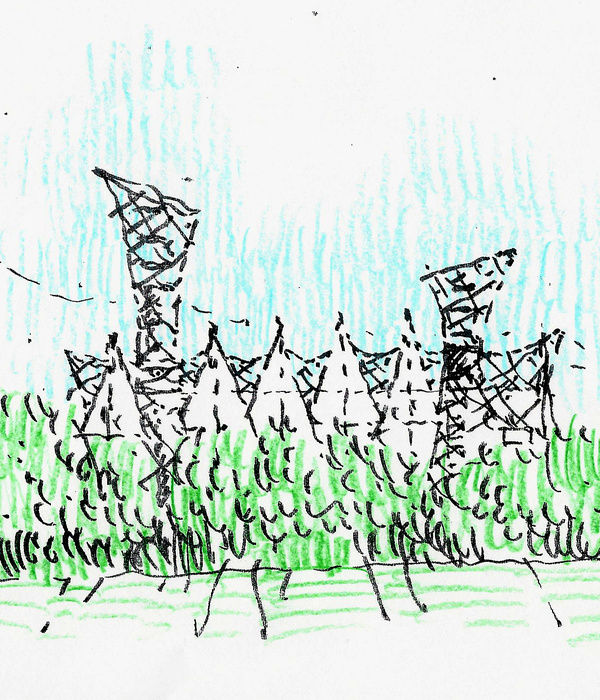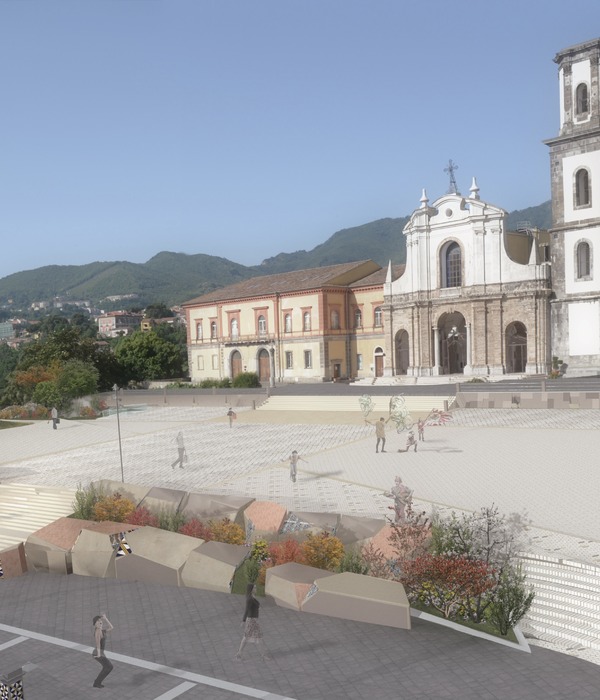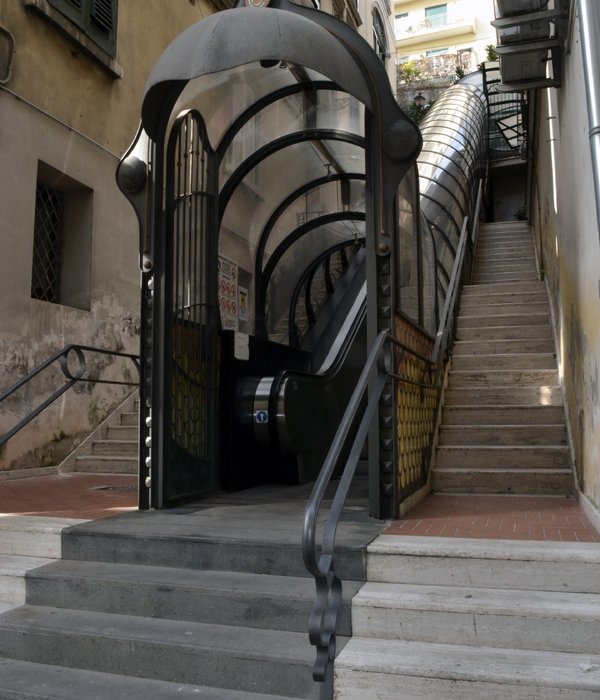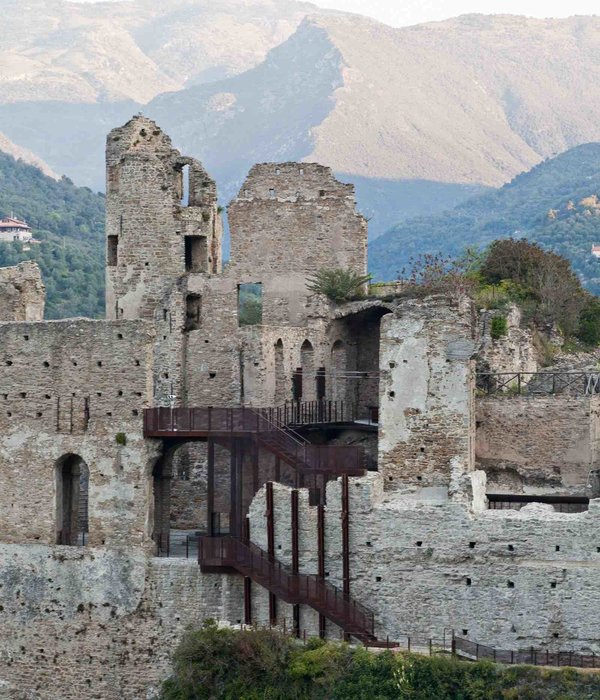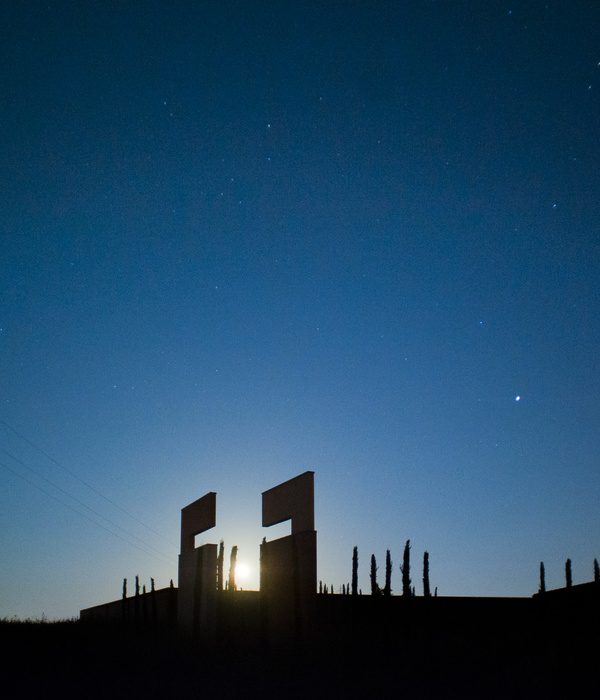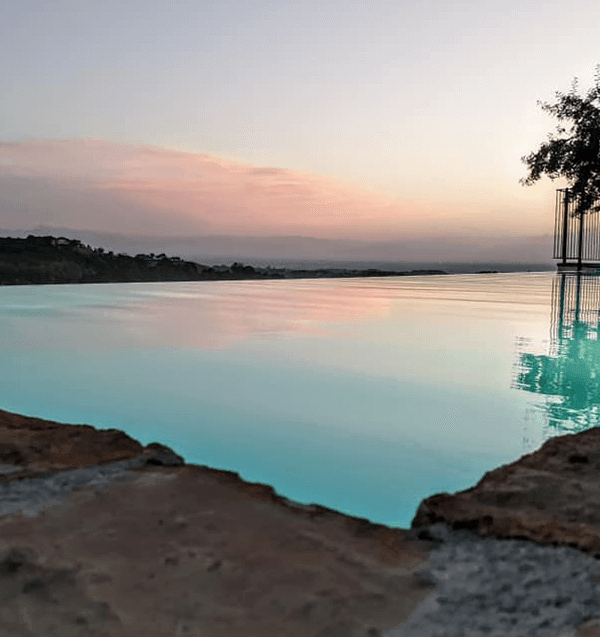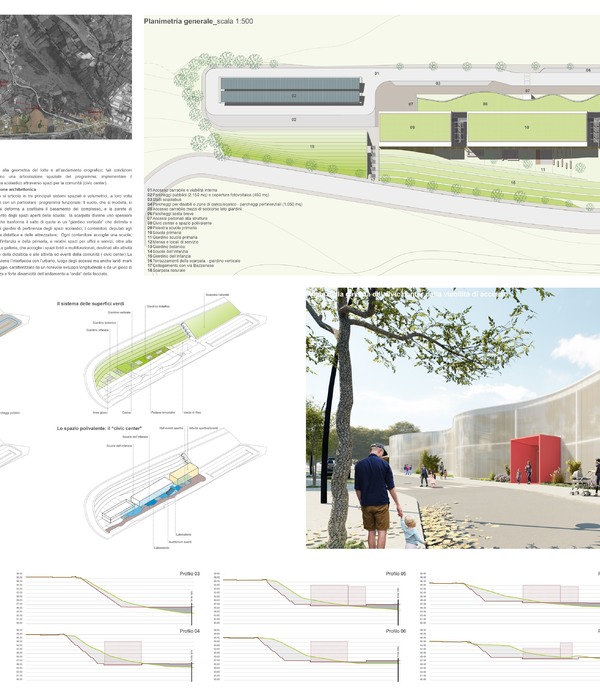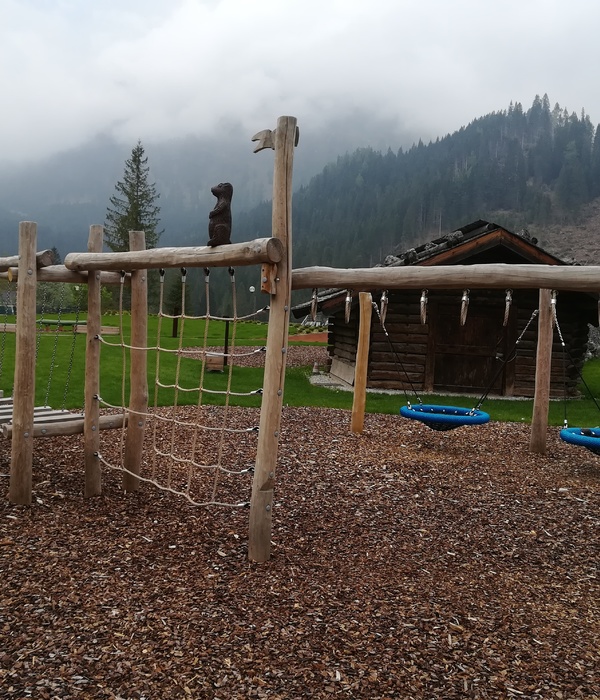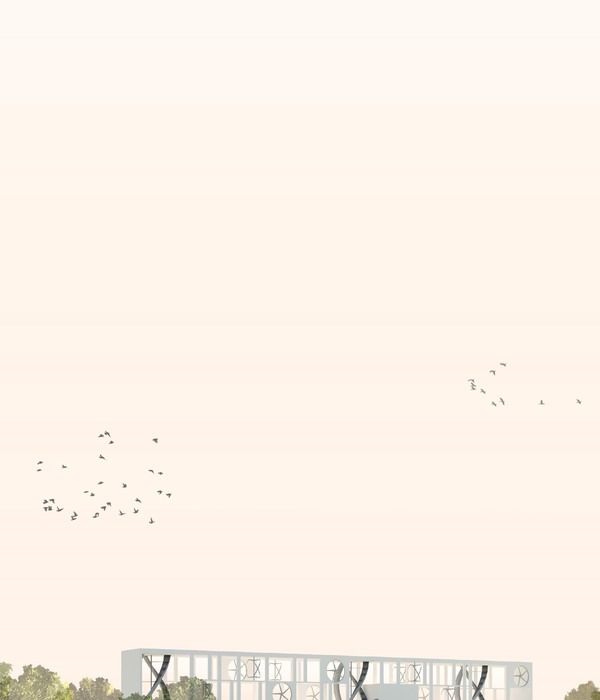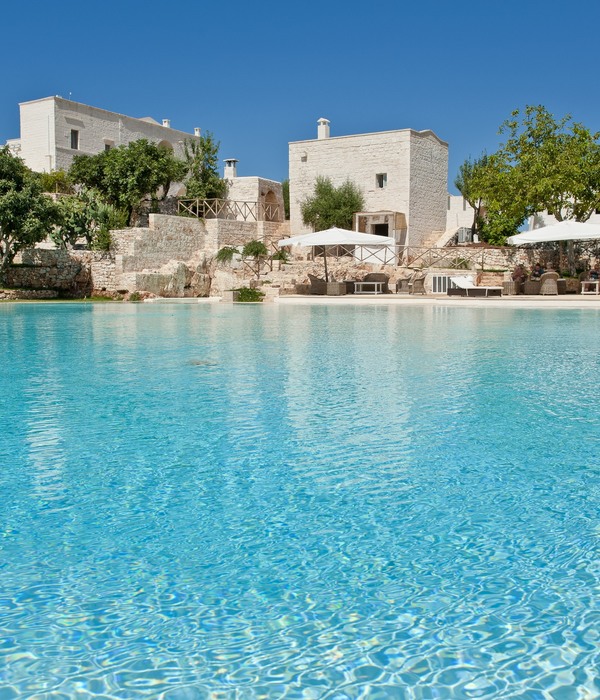- 项目名称:南罗米伦岛公园
- 设计方:德国雷瓦德景观建筑事务所
- 公司网站:https:,,rehwaldt.de,
- 联系邮箱:beijing@rehwaldt.net
- 主创及设计团队:S. Fauck,M. Hoffmann,C. Eberts
- 项目地址:柏林(德国)
- 建筑面积:6.5 公顷
- 摄影版权:REHWALDT LANDSCAPE ARCHITECT
- 客户:克罗伊茨贝格-弗里德里希斯海恩社区办公厅
南罗米伦岛公园(音译)座落于柏林中心区域,这里原是皮革制造的场地。德国统一后,罗米伦岛逐步改建为城市绿地,至2008年改建工作基本完成。期间新建的运动带为不同年龄段的人群提供了运动和休憩场所。场地一方面位于西里西亚大街入口处,与标志性集散地“西里西亚大门”首尾相望,肩负着提高街道景观品质的重任。另一方面东北毗邻Spree运河,西南尾端与格里茨公园相接,起到了导向过渡作用。这样的地理位置,使这座小岛备受步行者的喜爱,同时成为了众多骑行者的必经之路。
South Lohmuehleninsel Park (transliteration) is located in the central area of Berlin, it was originally a leather manufacturing site. After the reunification of Germany, the Lohmuehleninsel Island was gradually transformed into an urban green space. By 2008, the reconstruction work was basically completed. During this period, the newly built sports belt provides sports and rest places for people of different ages. On the one hand, the site is located at the entrance of Silesia Avenue, facing the iconic distribution center “Silesia Gate” end to end, shouldering the important task of improving the quality of the street landscape. On the other hand, the Northeast is adjacent to the Spree Canal, and the southwest end is connected to the Gritz Park, which plays a guiding transition role. Such a location makes this small island popular among walkers, and at the same time it has become the only way for many cyclists.
▼公园概览,overview of the park ©REHWALDT LANDSCAPE ARCHITECT
罗米伦岛因有限的面积和狭长的地形,无法承载太大的人流。盲目增加功能,无疑会提高场地的使用率进而激化矛盾。因此,如何灵活地疏导人群,转移使用压力,成为此次设计的主要任务。优化道路体系之外,利用视线导流是更有效的策略。此外,场地位于运河边上,设计也应突出场地这一独一无二的属性。
Due to its limited area and long and narrow terrain, Lohmuehlen Island cannot carry too many people. Blindly adding functions will undoubtedly increase the utilization rate of the venue and intensify conflicts. Therefore, how to flexibly channel the crowd and transfer the pressure of use has become the main task of this design. In addition to optimizing the road system, the use of sight diversion is a more effective strategy. In addition, the site is located by the canal, and the design should also highlight the unique property of the site.
▼场地区位 Location relationship ©REHWALDT LANDSCAPE ARCHITECT
场地西南侧是一个运动区域。相邻区域皆延续了这一活泼特性。东北侧的“岛屿广场”,是充满活力的都市空间。“闸区瞭望台”则结合运河特点提供游戏可能。河畔阶梯的亲水空间中,运河分支提供的静谧氛围得到了充分的利用。罗米伦大街是穿越岛屿的必经之路,林荫道的设计优化了行人和骑行者的使用体验。护城河河畔则是连接小岛及格里茨公园的节点。
The southwest side of the field is a sports area. Adjacent areas have continued this lively characteristic. The “Island Square” on the northeast side is a vibrant urban space. The “Observation Deck” combines the characteristics of the canal to provide game possibilities. In the hydrophilic space of the riverside steps, the tranquil atmosphere provided by the canal branches is fully utilized. Lohmuehlen Avenue is the only way to cross the island, and the design of the boulevard optimizes the experience of pedestrians and cyclists. The moat is the node connecting the island and Gritz Park.
▼场地平面图 Site plan ©REHWALDT LANDSCAPE ARCHITECT
场地东北侧竖直陈列着巨型座椅。柏林快速的骑行者从远处就能看到这个标志性的公园入口,从而提前减缓速度。座椅的走向又引导着游人从Spree河边穿过岛屿广场走向格里茨公园。长椅独特的造型在充满活力的柏林必定会受到滑板等极限运动爱好者的青睐,这样的用途多样化也是我们所期盼的。考虑到设施的维护,我们在长椅的边缘加装了耐磨的钢板。 Giant seats are vertically displayed on the northeast side of the venue. Berlin’s fast bikers can see the entrance to this iconic park from a distance, slowing down in advance. The direction of the seat guides visitors from the Spree River through the Island Plaza to the Gritz Park. The unique shape of the benches will surely be favored by skateboarding and other extreme sports enthusiasts in vibrant Berlin. Such diversification of use is also what we expect. Considering the maintenance of the facility, we installed wear-resistant steel plates on the edges of the benches.
▼入口处的巨型座椅 Giant seat at the entrance ©REHWALDT LANDSCAPE ARCHITECT
岛屿北面连接西里西亚大街,西南侧与停车场相连,如何阻止骑车进入是它的首要任务。该区域原西北侧停车场的一部分。蓝色的铺装及起伏的地形,提示着车主场地用途的改变,也阻止了汽车再次驶入。这样直接改变行为的作法比围合场地,放置警告牌要来得直接和行之有效。微微起伏的地表由沥青塑形,蓝色橡胶作保护层。这个设计用地形限制了骑行者和直排轮滑者的速度。同时又为狭窄的场地保留了宽阔的视野。蓝色的铺装及白色的波纹,呼应了场地的地理位置–运河河畔,富有个性。简洁的构造成就了功能的多样性,背后深藏设计师的巧思。
Part of the former parking lot on the northwest side of the area. The blue paving and undulating terrain reminded the owner of the change in the purpose of the site and prevented the car from entering again. Such a direct change of behavior is more direct and effective than enclosing the venue and placing warning signs. The slightly undulating ground is shaped by asphalt, with blue EPDM as a protective layer. This design uses terrain to limit the speed of cyclists and inline skaters. At the same time, a wide view is reserved for the narrow venue. The blue paving and white ripples echo the location of the site-the riverside of the canal, full of personality. The concise structure achieves the diversity of functions, behind which lies the designer’s ingenuity.
▼造型简洁 用途多样 Simple shape and versatile ©REHWALDT LANDSCAPE ARCHITECT
▼“波浪”中嬉戏的孩童 Children playing in “waves” ©REHWALDT LANDSCAPE ARCHITECT
▼波浪与秋 Waves and autumn leaves ©REHWALDT LANDSCAPE ARCHITECT
通过减缓坡度,拓宽台阶,坡道形成了观景台阶。河道的静谧氛围由此得到充分地利用,给游人提供另一个驻足佳境。同时,这个设置形成了上下分流的路网,缓解道路上拥挤的人流。考虑到轻障碍通行,阶梯两侧设置了斜坡,方便自行车和儿童车上下。考虑到冬天寒冷,游人在河边凭栏眺望,沿河栏杆上加装了木质扶手。这样,随身带着的咖啡杯也可以平稳地放置在上面,细节设计充分考虑了日常使用场景。
By slowing down the slope and widening the steps, the ramp forms a viewing step. The tranquil atmosphere of the river is thus fully utilized, providing visitors with another place to stop. At the same time, this setting forms a road network that diverges from upper to lower and lowers the crowded traffic on the road. Considering the passage of light obstacles, slopes are set on both sides of the stairs to facilitate the up and down of bicycles and children’s vehicles. Taking into account the cold winter, visitors lean on the railings by the river and install wooden handrails on the railings along the river. In this way, the coffee cup that you carry with you can also be placed on it steadily, and the detailed design fully considers the daily use scene.
▼景观台阶 Riverside stairs ©REHWALDT LANDSCAPE ARCHITECT
▼河边垂钓的居民 Residents fishing by the river ©REHWALDT LANDSCAPE ARCHITECT
闸区瞭望台是一个富有场地特色的游戏空间。运河岸边的平台上,小朋友们上下活动的“旗帜”装置,在游戏中与来往的船只进行互动。还可以利用岸上的小喇叭,向“船员”们喊话。 The Observation Deck in the sluice area is a game space with rich site characteristics. On the platform on the canal bank, the children move up and down the “flag” device, interacting with the ships passing by in the game. You can also use the horns on the shore to speak to the “crew”.
▼瞭望台上的旗帜 Flags on the lookout platform ©REHWALDT LANDSCAPE ARCHITECT
▼红色小喇叭 Red trumpet ©REHWALDT LANDSCAPE ARCHITECT
林荫道上加种的行道树带来了阴凉。减速条窄于路面,左右交错排列,使骑行者为避免颠簸,必须绕行通过,从而限制了速度。大尺寸的石板铺装,突显了林荫道的整洁。
The street trees planted on the boulevard brought shade. The staggered speed bars make the rider have to bypass to avoid bumps, thus limiting the speed. The large-size slate paving highlights the cleanliness of the boulevard.
▼行人优先 小心“波浪” Pedestrians first, beware of “waves” ©REHWALDT LANDSCAPE ARCHITECT
▼绕行减速的骑行者 Cyclist decelerating around ©REHWALDT LANDSCAPE ARCHITECT
▼降速条细节 Speed down bar details ©REHWALDT LANDSCAPE ARCHITECT
恩斯特·海尔曼木栈桥横跨护城运河,连接了格里茨公园和南罗米伦岛公园。“蓝色时刻”立在西南侧的小型开放广场上。这张特别的座椅上布满了蓝白基调的格里茨市剪影。它提示人们,再走不远就是有名的格里茨公园了。
The Ernst Hellmann wooden trestle bridge spans the moat and connects Gritz Park and South Lohmuehleninsel Park. The “Blue Hour” stands on a small open square on the southwest side. This special seat is covered with silhouettes of the city of Gritz in blue and white. It reminds people that the famous Gritz Park is not far away.
▼人们在此停留 People staying here ©REHWALDT LANDSCAPE ARCHITECT
▼细节“蓝色时刻” detail of the “Blue Hour” ©REHWALDT LANDSCAPE ARCHITECT
{{item.text_origin}}


